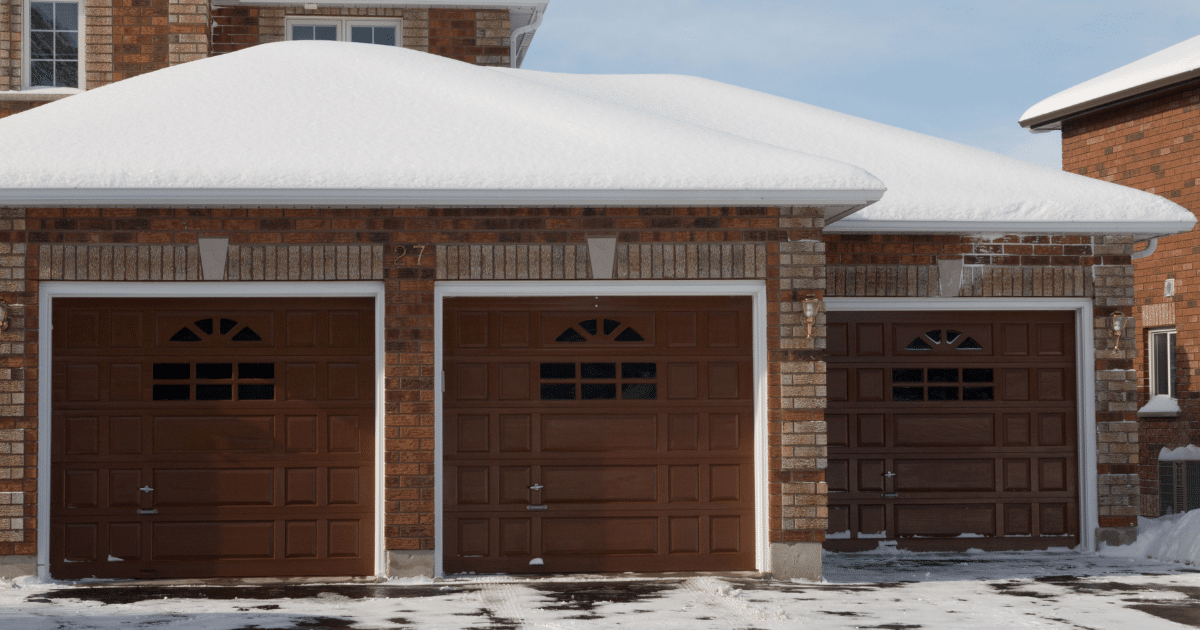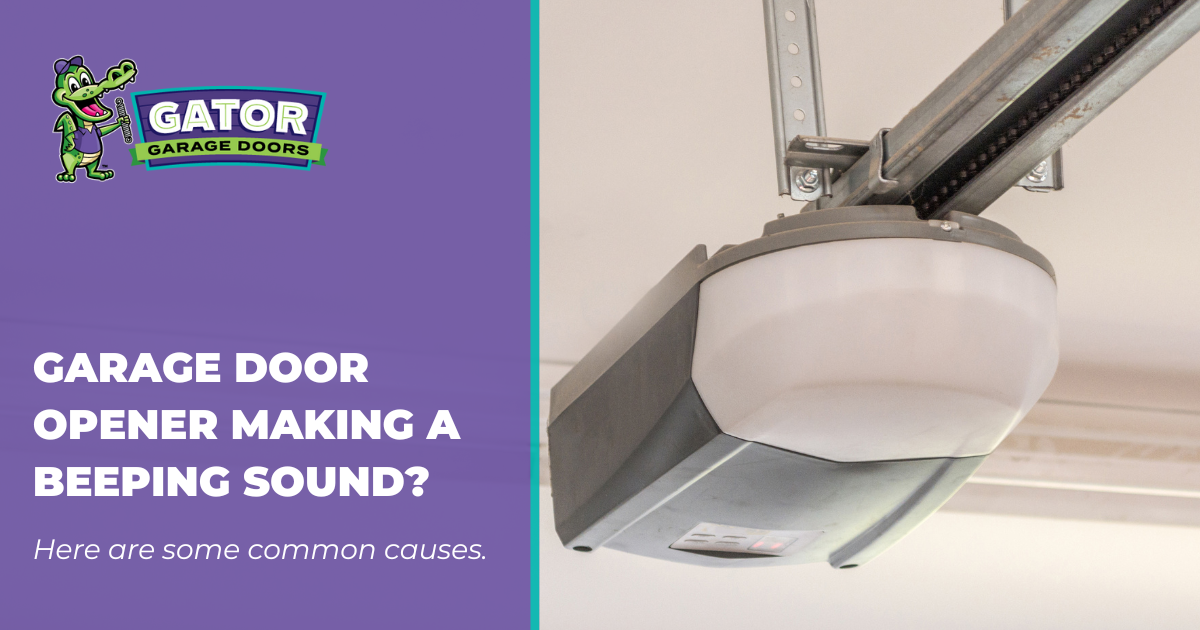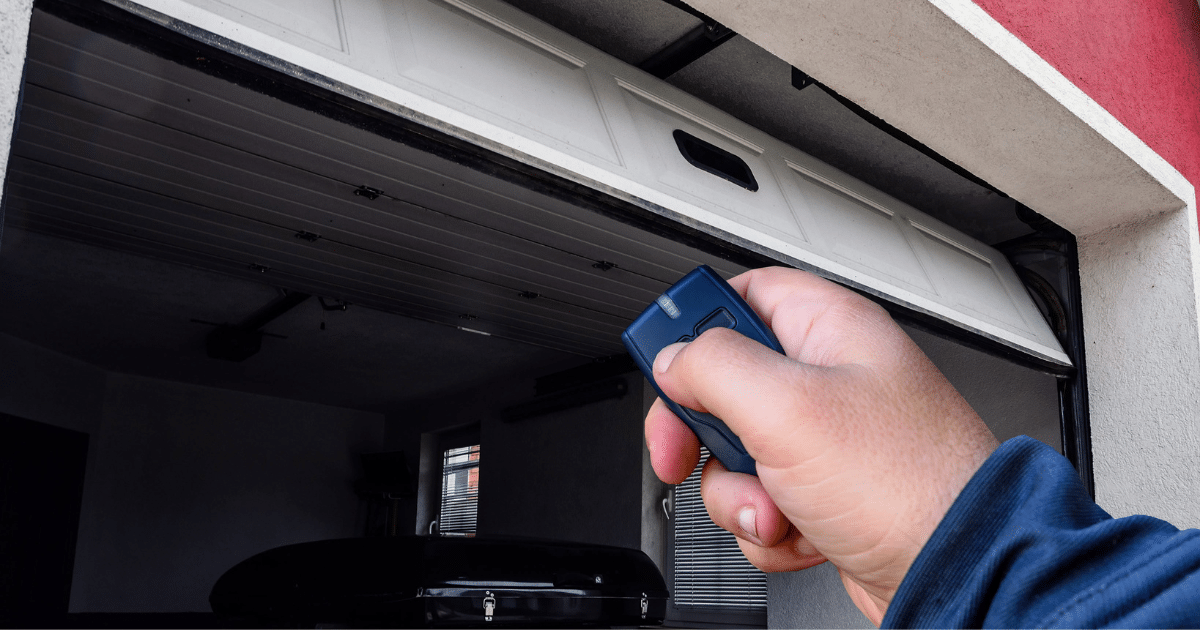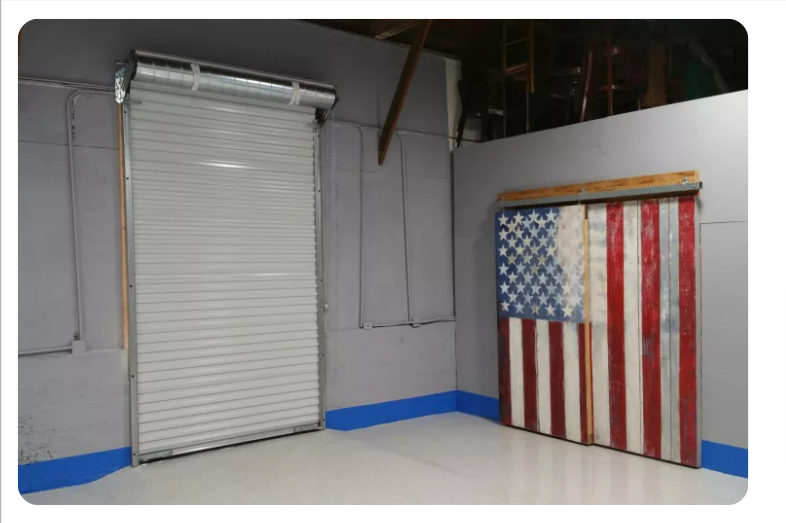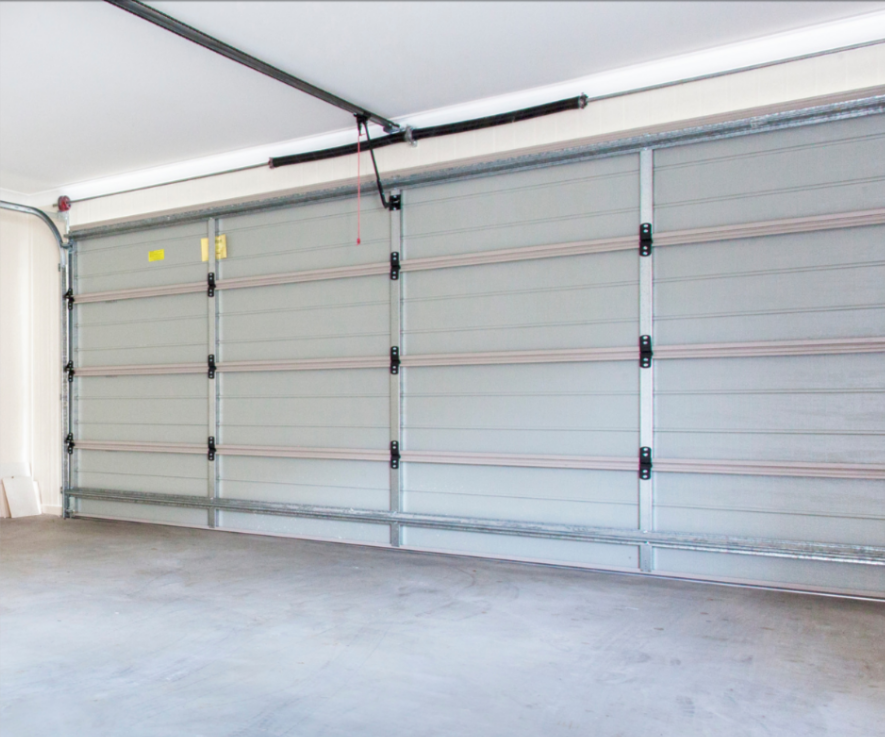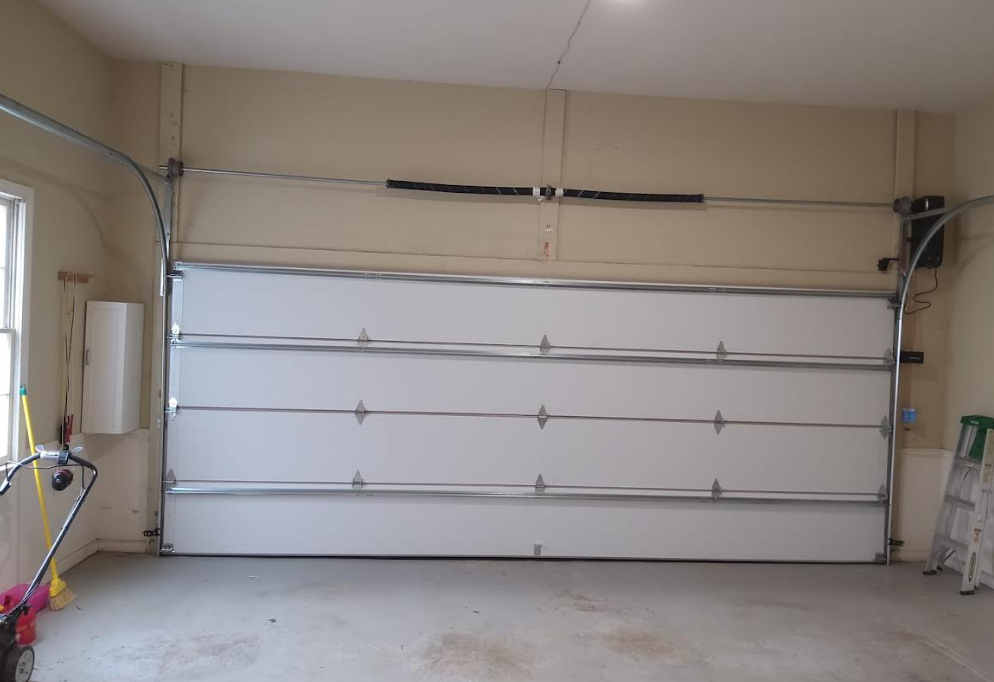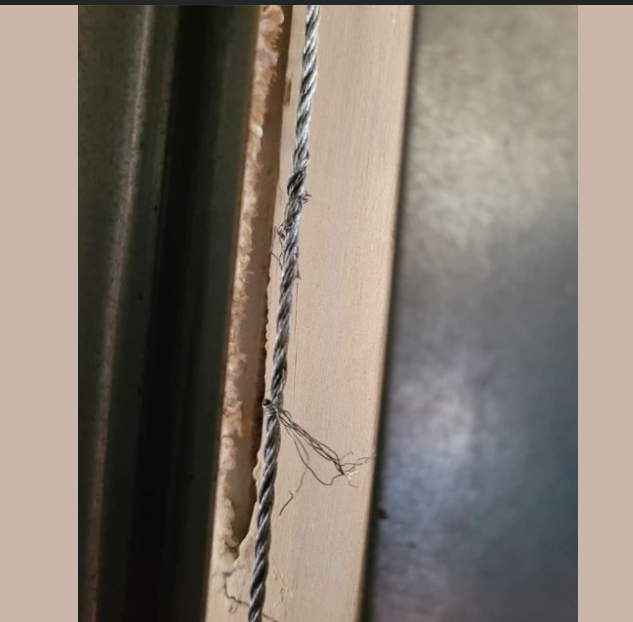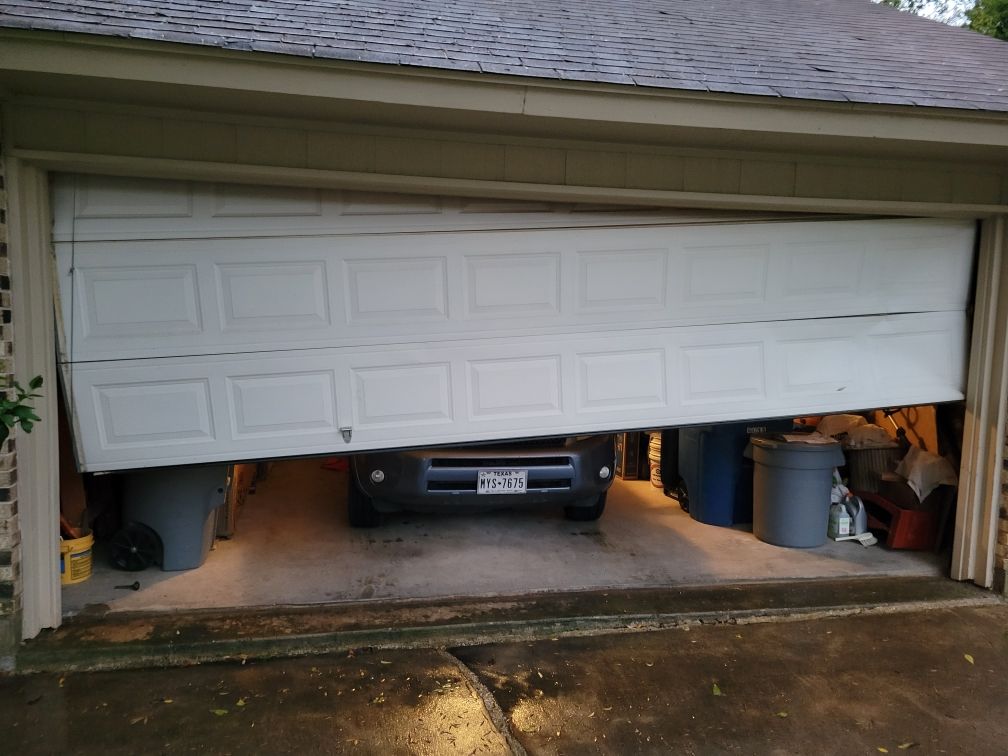GUIDE TO GARAGE DOOR CABLE REPLACEMENT
Introduction
Garage doors are essential for the safety and functionality of your home. The cables in your garage door system play a crucial role in its operation. They support the weight of the door as it opens and closes, making sure it moves smoothly and works properly. When these cables have problems, it’s important for homeowners to know how to replace them.
In this guide, you’ll discover:
Taking care of cable problems promptly is not only about keeping your garage door working well. It’s also about safeguarding your loved ones and property from potential accidents. If you’re unsure about doing this task yourself or if you notice any signs of damage, it’s best to hire professionals who specialize in emergency garage door repairs. They have the expertise to handle complex repairs safely and efficiently.
For residents living near areas like Zilker Metropolitan Park in Austin, TX or Jollyville, TX, it’s crucial to have a well-functioning garage door, especially with the various weather conditions and potential security concerns. Even areas like Lake Pflugerville, TX require homeowners to prioritize the maintenance of their garage doors.
Understanding Garage Door Cables
Garage door torsion cables are a critical component of your garage door system, providing the necessary balance and support to safely raise and lower the door. These cables work in conjunction with the cable drum and springs, ensuring smooth operation. Here’s how the system operates:
1. The Role of Cables
When you activate your garage door opener, the spring mechanism’s tension unwinds, allowing the cable drum to turn. The cables wind around these drums as the door opens, helping to lift the weight of the door evenly and steadily. As you close the door, the cables slowly unwind from the drums under controlled tension, guiding the door back to its closed position.
2. Cable Drum Collaboration
Attached at one end to the bottom corners of your garage door and at the other end to the cable drum, these cables must maintain their strength and integrity. The drum rotates at a fixed axis point as part of the torsion spring shaft, allowing for a smooth roll-up of cables as it lifts or lowers.
3. Spring System Support
Torsion springs play a vital role by storing mechanical energy when they are wound tightly during the closing of your garage door. This stored energy is then released when you open the door, assisting in lifting it by transferring force through the cables.
Durability is key for garage door cables since they bear significant weight and tension during operation. Steel or galvanized steel are commonly chosen materials due to their robustness:
- Steel Cables: Known for their strength, steel cables can handle heavy loads and resist breakage under tension.
- Galvanized Steel Cables: These offer added resistance to rust and corrosion, prolonging their lifespan even in humid or saline environments.
A compromise in cable integrity can lead to malfunction or even accidents; hence proper installation and maintenance are paramount. If you’re located in Bee Cave or Pflugerville, professional services are available to ensure that your garage door operates safely and efficiently.
Remember that while replacing garage door cables might seem like a straightforward task, it requires precision and understanding of how these components interact within your garage door system.
Signs that Indicate Cable Replacement
When inspecting your garage door system, there are several signs that indicate it’s time to replace the cables:
- Rust on garage door cables: Rust weakens the metal, compromises its integrity, and can cause the cables to snap unexpectedly. Check for any reddish-brown discoloration on the cable surface.
- Frayed wires: Cables with frayed strands have lost some of their strength and could break under the tension of lifting your garage door. Look for loose strands sticking out from the main cable body.
- Broken wires: If you see any broken wires, it’s a clear indication that your garage door cables need immediate attention. Broken wires can lead to uneven lifting force applied to the door, making it unstable or causing it to get stuck.
- Separated wires: When individual strands have come undone from the main cable, it’s called separated wires. This also disrupts the balance of your garage door system and prevents smooth operation.
- Oxidation on cables: Oxidation refers to the deterioration of metal due to a chemical reaction with oxygen. While it may not be as visually apparent as rust, oxidation can weaken cables over time and manifest as a dullness or change in texture on the steel surface.
Each of these signs is not just a cosmetic issue but poses real risks including sudden failure of the garage door mechanism, leading to possible injury or property damage.
If you encounter any of these signs during an inspection, prioritize safety by seeking professional help or preparing for immediate garage door cable repair. Proactive replacement mitigates risks associated with worn and damaged cables.
For homeowners interested in historical landmarks and their preservation, consider how regular maintenance is crucial — much like it is for iconic structures like those at the LBJ Presidential Library in Austin, TX. Just as these institutions require consistent care to remain in pristine condition, so does your garage door system need regular checks to ensure its longevity and functionality.
Other Causes for Concern
When inspecting your garage door cables, it’s crucial to consider other factors that may contribute to their deterioration. Issues such as damaged pulley bearings, improper track alignment, and the effects of water damage or moisture impact on cables can severely affect the overall condition and performance of your garage door system.
Pulley bearings play an essential role in the smooth operation of your garage doors. They help the cables to roll without friction. When these bearings wear out or get damaged, they can cause the cables to fray or snap due to increased tension and misalignment.
Solution: Check for roughness or grinding noises when the door moves. If you notice these symptoms, consider replacing the pulley bearings promptly. Replacement of worn bearings helps restore proper function and extends the life of your cables.
The tracks guide your garage door as it opens and closes. If they are not correctly aligned, it can put undue stress on the cables, leading to faster wear and potential breakage.
Solution: Look for gaps between the rollers and rail or bends in the rails themselves. Adjusting or realigning the tracks can prevent cable damage and ensure smooth door operation. For professional assistance with track issues, you might want to visit Gator Garage Door Repair in Austin.
-
Water Damage & Moisture Impact
Garage doors are exposed to various environmental elements, including water and moisture, which can corrode metal parts over time. Corrosion weakens cable structure and is a common cause for replacement.
Solution: Inspect your cables regularly for signs of rust or corrosion, particularly in areas with high humidity or direct exposure to water. Replacing corroded cables before they fail is essential for maintaining safety and functionality.
- If you’re experiencing issues with your garage door system that extend beyond simple cable repair, such as bearing problems or track misalignment, seeking expert advice is often the best course of action.In areas like Manor, TX, where local professionals can offer targeted solutions tailored to specific needs, visiting a site like Gator Garage Door Repair in Manor can provide valuable resources and services.
By addressing these concerns swiftly, you not only ensure the longevity of your garage door cables but also enhance overall system reliability. Remember that proactive measures today can prevent costly repairs or replacements tomorrow.
Safety Precautions during Garage Door Cable Replacement
When you’re planning to replace the garage door cable, understanding and adhering to safety precautions is crucial. Garage door systems are under high tension, especially the springs and cables, making them potentially hazardous if not handled correctly.
-
Before You Begin: Unplugging the Opener
Ensure the garage door opener is unplugged before starting any repair work. This step is vital to prevent the opener from being activated accidentally, which could lead to injury.
To further secure the area, you might consider disconnecting the power at the circuit breaker if you have an electric garage door system.
-
Dealing with Spring Tension:
Garage doors use a high-tension spring system that can be dangerous. It’s essential to release spring tension safely before attempting any cable repairs.
If you’re unfamiliar with this process, it’s best to seek professional assistance. Experienced technicians are equipped to handle these components safely.
Personal Protective Equipment (PPE):
Wear proper safety gear, including gloves and eye protection, when you’re replacing garage door cables.
Ensure all tools and ladders used are in good condition and suitable for the task.
-
Understanding Your Garage Door System:
Familiarize yourself with your specific garage door mechanism. Every system may have unique features or tension settings that must be understood before performing repairs.
-
Staying Aware of Your Surroundings:
Keep children and pets away from the work area to prevent distractions or accidents.
Be mindful of your surroundings and clear the space around you to avoid tripping over objects while working on the cables.
By following these safety precautions during garage door cable repair, you significantly reduce the risk of injury. Remember that while DIY can be tempting for its cost-saving benefits, there’s no substitute for the expertise of a seasoned professional when it comes to complex systems like garage doors.
For those residing in areas like Austin, TX, seeking local expert services could be a worthwhile consideration for ensuring both safety and quality in repairs.
You can even visit local experts in your community if you feel uncertain about handling this type of repair on your own. These professionals, like those at the Gator Garage Door Repair, have the necessary experience and knowledge to handle such tasks.
The next step after ensuring safety is gathering all necessary tools for a successful cable replacement. With precautions in place and the correct equipment on hand, you’ll be prepared to tackle the task effectively.
Tools Required for Cable Replacement
When you set out to replace garage door cables, having the right tools on hand is critical for a hassle-free and efficient process. Without the appropriate equipment, the task can become challenging and may even lead to further complications or safety issues.
Here’s a list of essential tools you’ll need:
- Vice grips: These are crucial for holding the door in place while you work on the cables.
- Locking pliers: They serve a similar purpose as vice grips and are used to keep parts securely fastened during repair.
- Replacement cables: Ensure you have the correct size and type of cable for your specific garage door system.
- Winding bars: These are used to adjust the tension in the torsion springs safely.
- Wrenches and sockets: A variety of sizes may be required to loosen and tighten nuts and bolts.
- Ratchet: This tool will make it easier to work with wrenches and sockets, especially in tight spaces.
- Step ladder: A sturdy ladder is necessary for reaching high parts of the garage door mechanism.
Using the right tools not only simplifies the task but also contributes significantly to your safety during the repair process. Should you find yourself uncertain about tackling this project or if you lack any of these tools, seeking professional assistance might be a better option.
For top-notch service, consider visiting the best garage door company in Austin, TX which can provide expert guidance and assistance with your cable replacement project. And if you’re planning an outing post-repair, why not check out Pace Bend Park for a relaxing break?
Step-by-Step Guide to Replacing Garage Door Cables
Replacing garage door cables is a task that requires precision and safety. To ensure you replace cable on garage door correctly, follow these detailed steps:
Step 1: Unplugging and Disengaging the Garage Door Opener
Before starting, it is crucial to cut the power to your garage door opener to prevent any accidental activation during the repair process. Here’s how:
- Unplug the opener from its power source.
- Next, disengage the opener from the door by pulling the emergency release cord. This allows you to move the door manually.
Step 2: Releasing Spring Tension Safely
With the power disconnected, proceed to carefully release the tension from the torsion springs or extension springs, depending on your system. Here’s what you need to do:
- For torsion springs, this involves loosening the set screws on the spring winding cone with winding bars.
- Extension springs are typically secured with safety cables; remove any tension by opening the garage door fully and securing it in place with clamps on the tracks.
Step 3: Removing Old Cables and Brackets
Once tension is released, you can safely detach the old cables. Follow these steps:
- Begin by removing any brackets or clips holding them in place – usually found at the bottom corners of the door for standard lift doors.
- Carefully unhook each cable from its drum at the top of the door, ensuring not to damage other components.
Step 4: Installing New Cables Correctly
Now it’s time to install new cables. Make sure you do it right:
- Attach new cables starting at the drum; ensure they are seated properly in the grooves without any kinks or twists.
- Feed them down towards the bottom of the door and attach them securely to their respective brackets or loops.
- It’s vital that both cables have equal tension to maintain balance.
Step 5: Increasing Tension on the Springs in a Controlled Manner
With new cables installed, it’s time to increase tension on your springs again. Follow these instructions based on your spring system:
- If you have a torsion spring system, use winding bars to carefully add tension back into each spring as per manufacturer’s instructions.
- For extension springs, remove clamps and allow door weight to reapply tension gradually.
By following these steps for garage door cable replacement meticulously, you can ensure your garage door operates smoothly and safely. Should you encounter challenges or if you’re looking for an upgrade during this process, consider exploring options that might better suit your needs. Upgrading your garage door is an excellent opportunity to enhance functionality and aesthetics. Remember that working with garage door springs can be dangerous; if you feel uncertain at any point, seeking professional assistance is advisable for your safety and peace of mind.
Additionally, if you find yourself in Austin, Texas, with some free time after successfully replacing your garage door cables, consider visiting the Bullock Texas State History Museum for an enriching experience on the state’s history and culture.
Regular Check-ups and Maintenance for Garage Doors
Routine maintenance is essential for the longevity and reliability of your garage door system. Just like any other mechanical system, a garage door requires attention to ensure it operates smoothly and safely.
By scheduling regular check-ups with professionals, you can catch potential issues early on, which not only extends the life of your door but also keeps repair costs down.
Professional Inspections
You should arrange for professional inspections at least once a year. During these inspections, technicians can identify any early signs of wear or damage that might not be obvious to the untrained eye.
They will examine all components of your garage door system, including cables, springs, rollers, tracks, and the opener. This thorough evaluation ensures that every part is in top condition and functions correctly.
For those seeking peace of mind with their garage door maintenance, consider enrolling in a program such as the Gator Family Club Maintenance Program. Such programs offer regular servicing and various benefits that could save you time and money in the long run.
DIY Maintenance Tasks
In addition to professional servicing, there are maintenance tasks you can perform yourself:
- Lubrication: Apply lubricant to moving parts such as hinges, rollers, and springs. Use a product specifically designed for garage doors to prevent dirt build-up and reduce noise.
- Cleaning Tracks: Ensure the tracks on either side of the door are free from debris. A buildup can cause your door to operate unevenly or become jammed.
- Visual Inspection: Regularly inspect cables for fraying or rusting and check springs for signs of wear. If you notice any issues, contact a professional for garage door cable repair.
By maintaining your garage door system correctly, you not only safeguard its operation but also contribute to the safety of your home environment. Remember that while some tasks are suitable for DIY, tasks like replacing garage door cables should be left to experts due to their complexity and the risks involved.
If you’re located near Lakeway City Park, TX and require assistance with garage door maintenance or repair, reaching out to local professionals like those found here can provide quick and reliable service tailored to your needs.
Remember that consistent upkeep is key to avoiding unexpected breakdowns. Keep an eye out for any changes in how your garage operates and act swiftly if something seems amiss. With diligent care and expert assistance when needed, your garage door will continue to perform reliably day in and day out.
Conclusion
When you notice any signs of wear or damage to your garage door cables, it’s important to act quickly. Replacing garage door cables is not only about ensuring the proper functionality of your doors; it’s also a matter of safety for your entire family. If you’re unsure about how to fix garage door cable problems or if it seems like a difficult task, don’t hesitate to get professional help. Garage door cable repair experts have the knowledge and skills to handle the job safely and effectively.
Regular maintenance is key to keeping your garage door system in good condition for a long time. By using your garage doors responsibly and checking them regularly, you can greatly increase their lifespan. Simple tasks like lubricating moving parts and clearing debris from the tracks can prevent unexpected breakdowns.
For those who prefer step-by-step guidance, you can visit this page which offers more tips on maintaining your garage door’s condition. And if you’re thinking about upgrading or changing the style of your home, consider exploring the options provided by Garage Door Style Austin TX Home.
Remember, paying attention to details and taking proper care of your garage door will ensure that it continues to work well and keep your belongings safe for many years.
